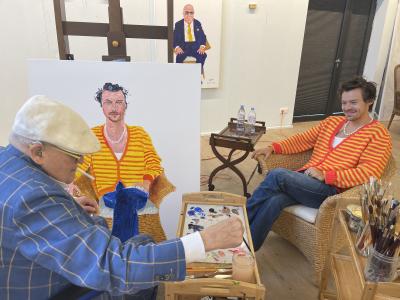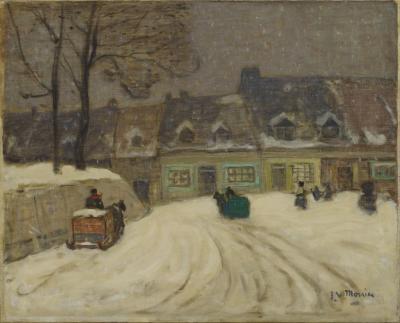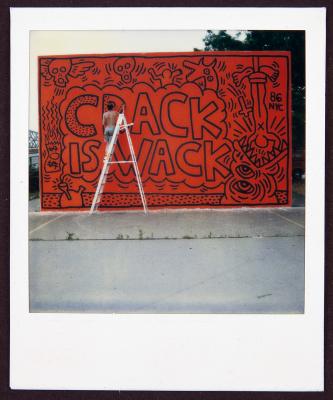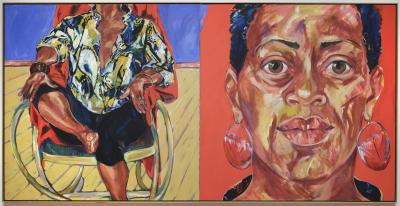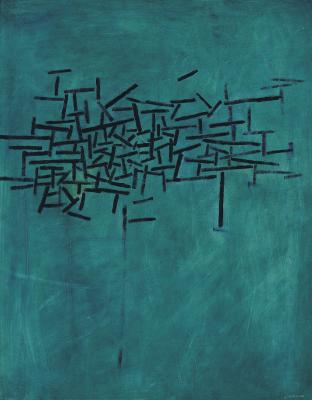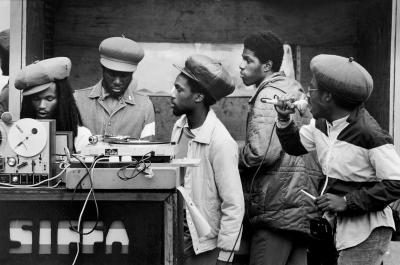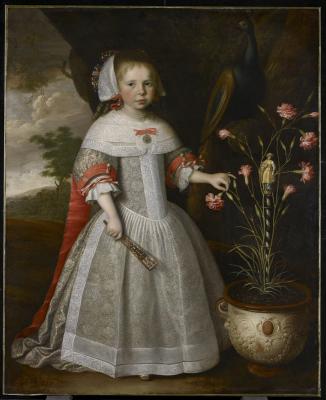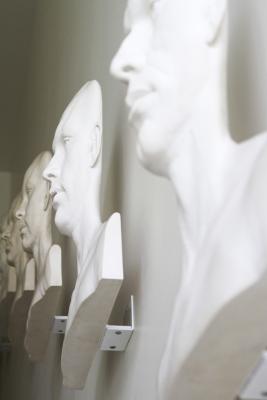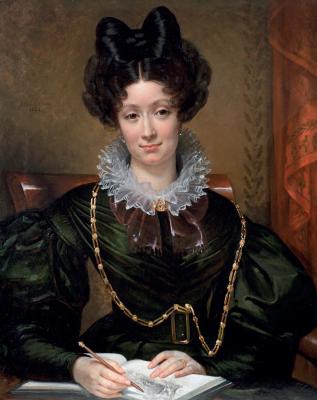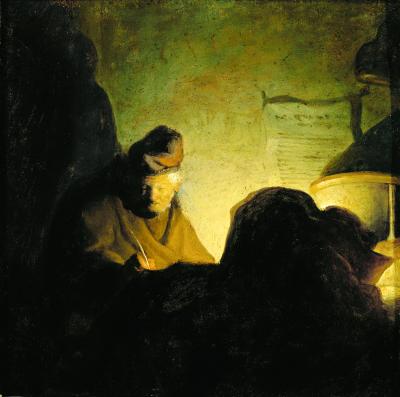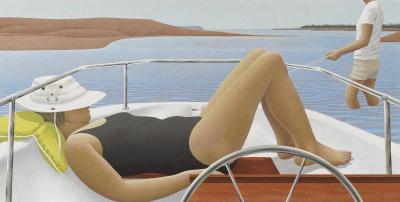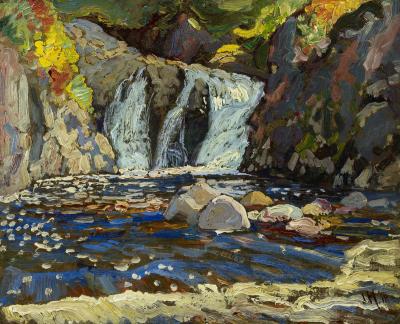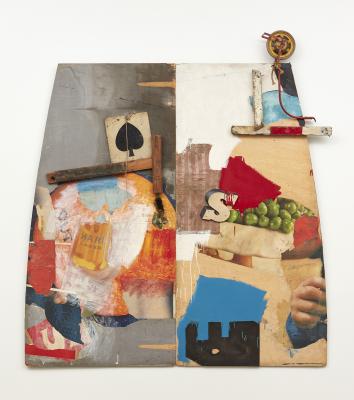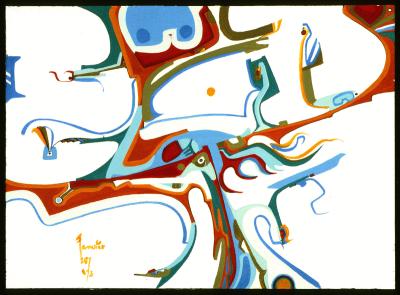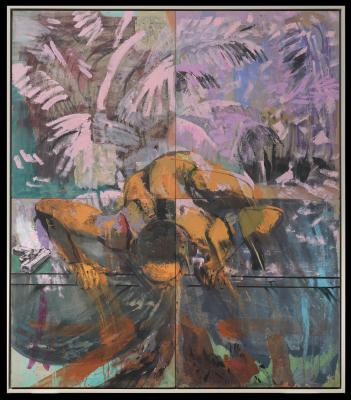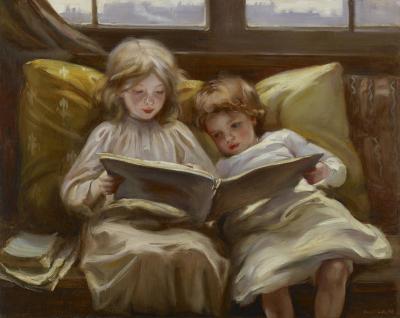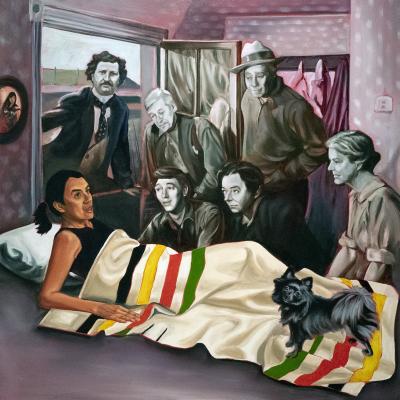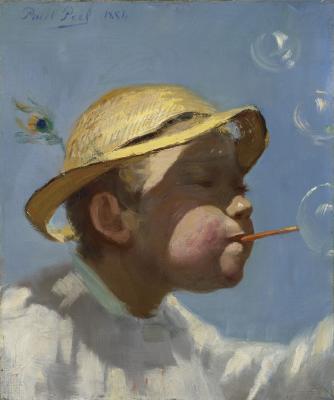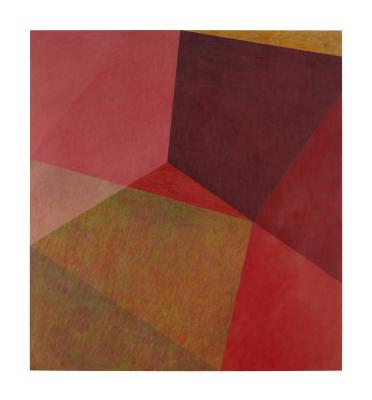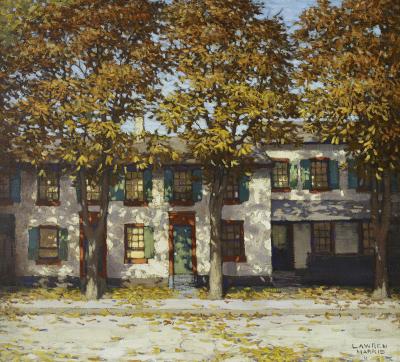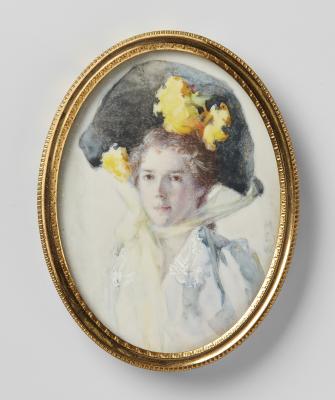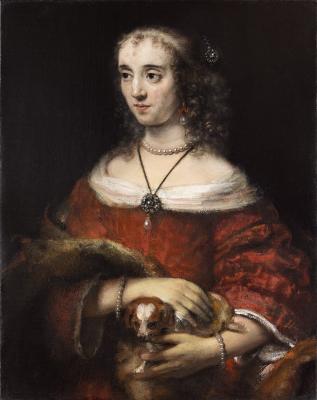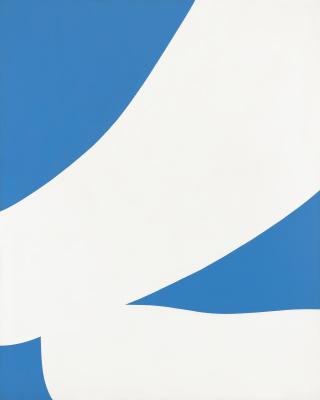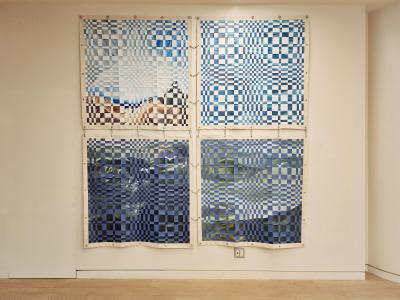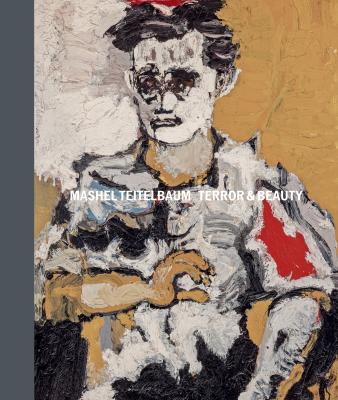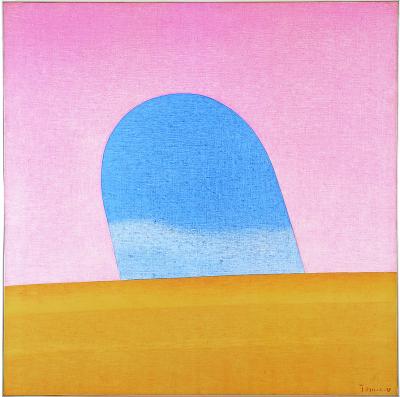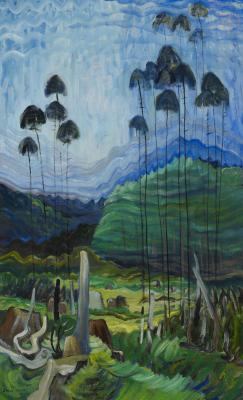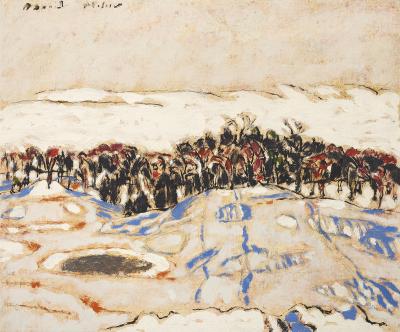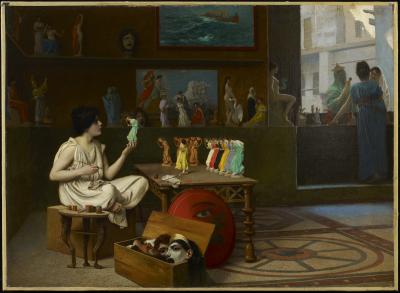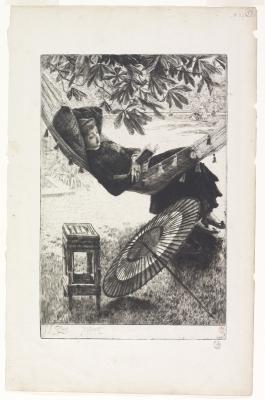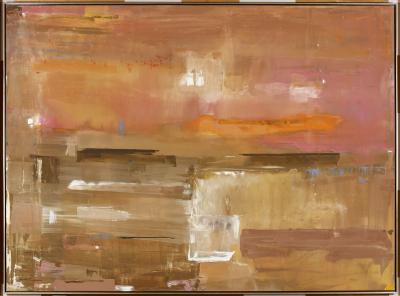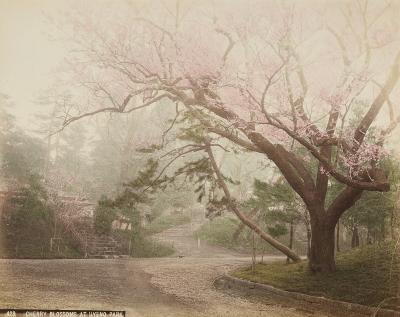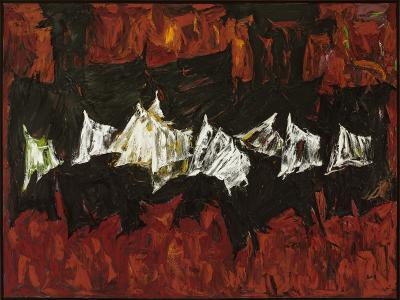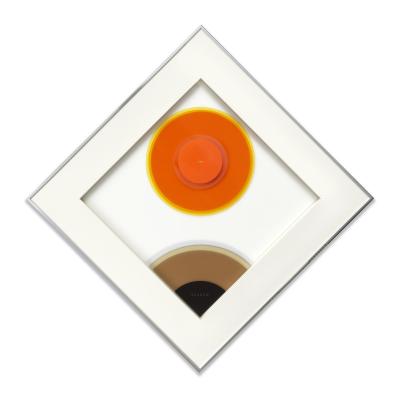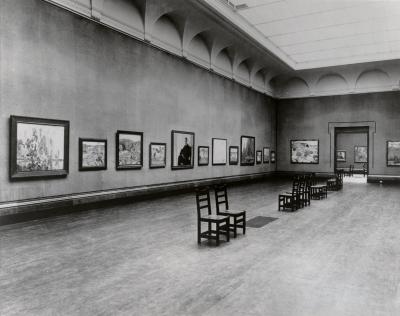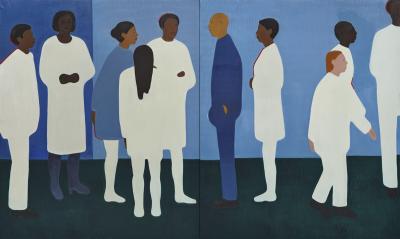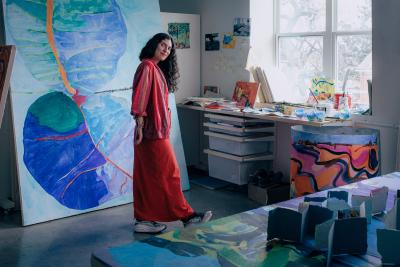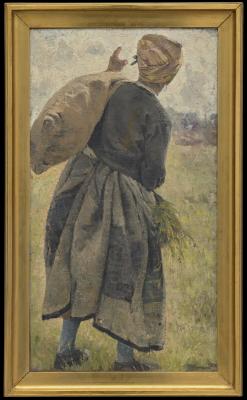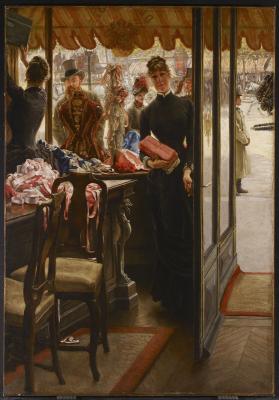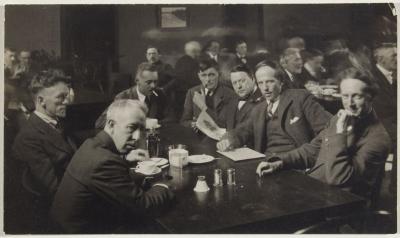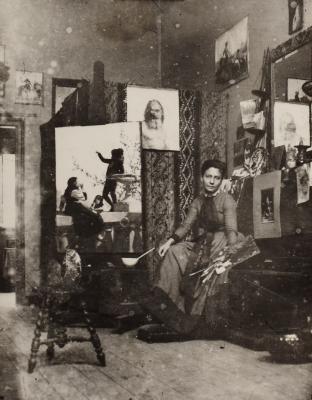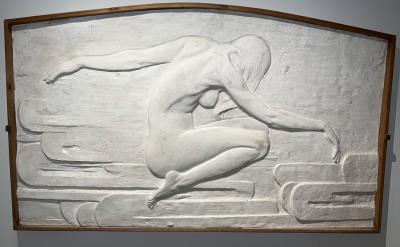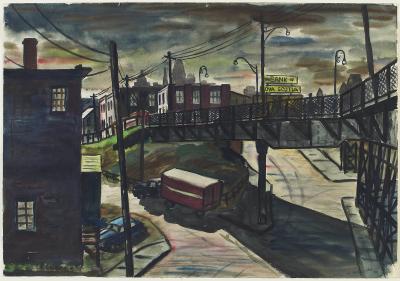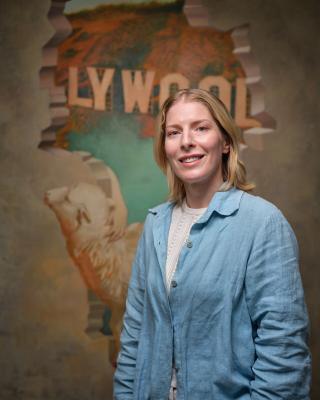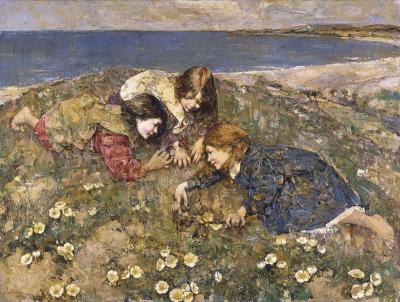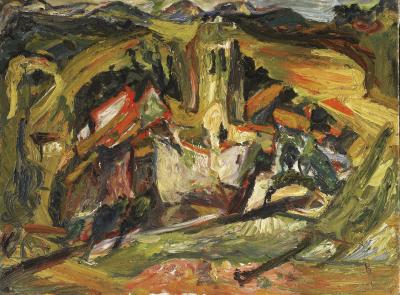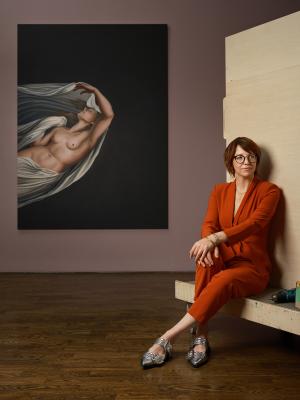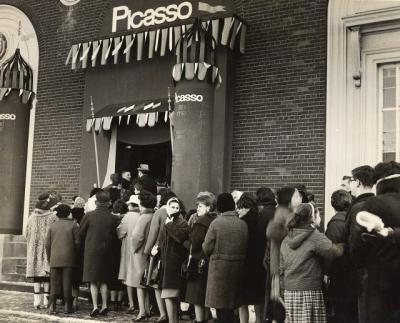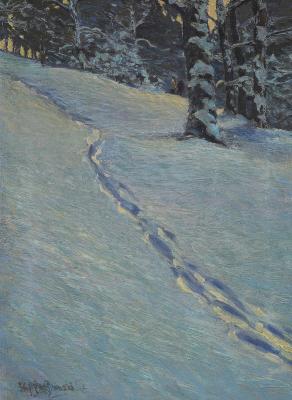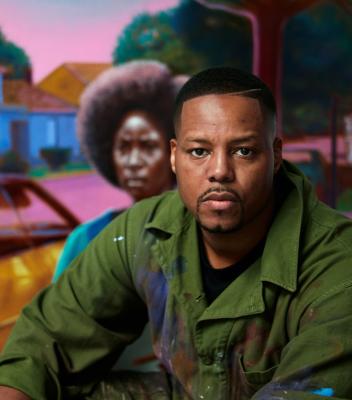Three Moments in Modernism
Bush, Ohtake, and Rauschenberg: get to know the work of these artists on view now at the AGO.
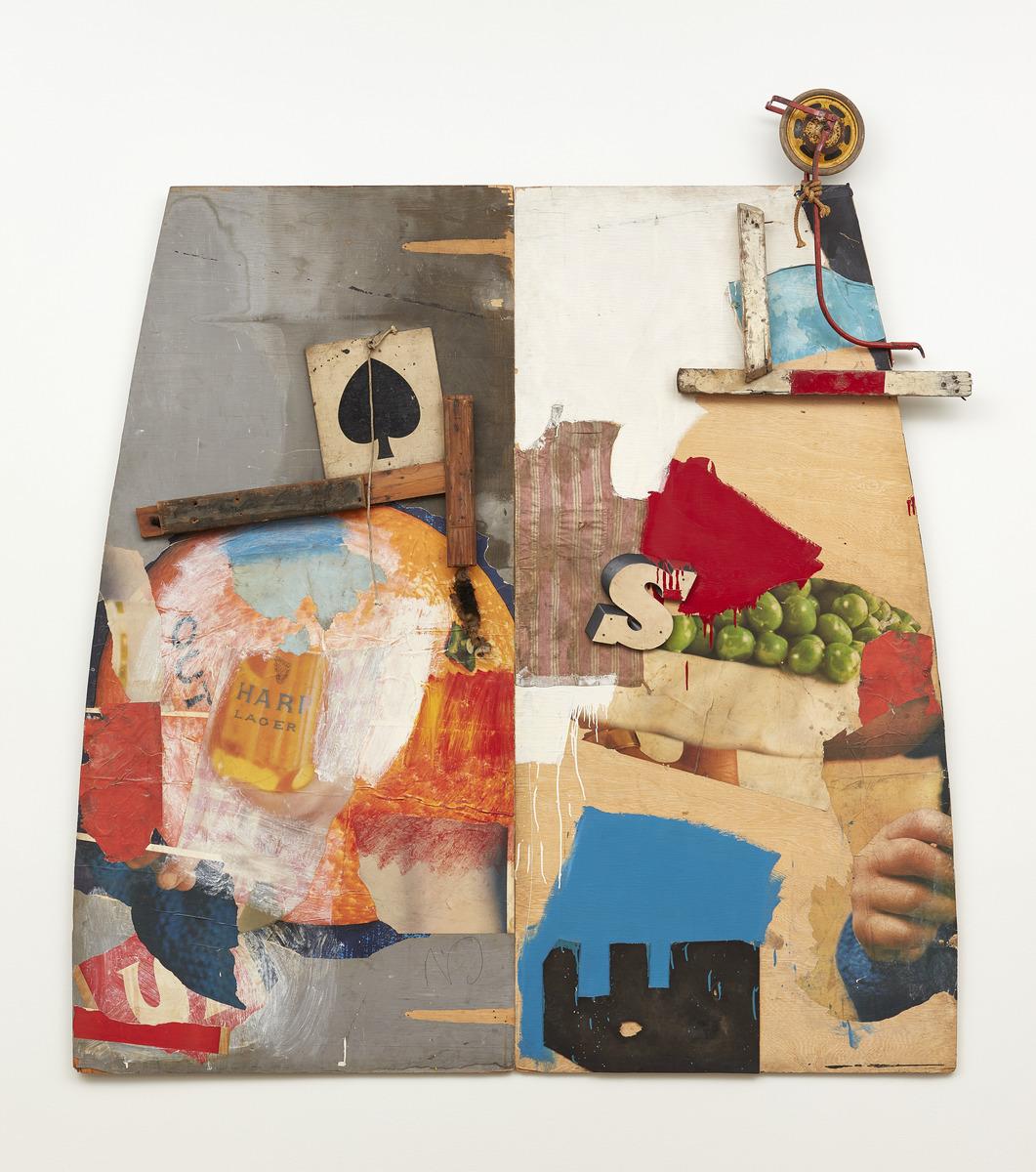
Robert Rauschenberg. Story, 1964. Mixed media on panel, 270.5 × 243.8 cm. Art Gallery of Ontario. Purchased with assistance from the Women's Committee Fund, 1970. © Robert Rauschenberg Foundation. 69/246
Moments in Modernism is on view now at the AGO. Celebrating and illuminating the presence of Pop Art, Abstraction, Realism, and Minimalism within the AGO Collection, the exhibition takes visitors on a unique journey through multiple decades. Featuring Jack Bush, Alex Colville, Helen Frankenthaler, Ellsworth Kelly, Rita Letendre, Norval Morrisseau, Tomie Ohtake and Robert Rauschenberg, this exhibition includes over 50 works that illustrate the breadth and diversity of Modernism.
The exhibition is organized as a series of encounters between individual artists and styles. Canadian, American, Indigenous and Brazilian artists are placed in dialogue with each other, adding further context and complexity to their works.
Throughout the 1960s and 1970s, artists around the globe started to reject figuration and perspective, and embrace colour, scale and line, in search of something more expressive and immediate. We’re taking a closer look at three of those artists, all in the AGO Collection and on view now in Moments in Modernism.
Jack Bush (1909 – 1977)
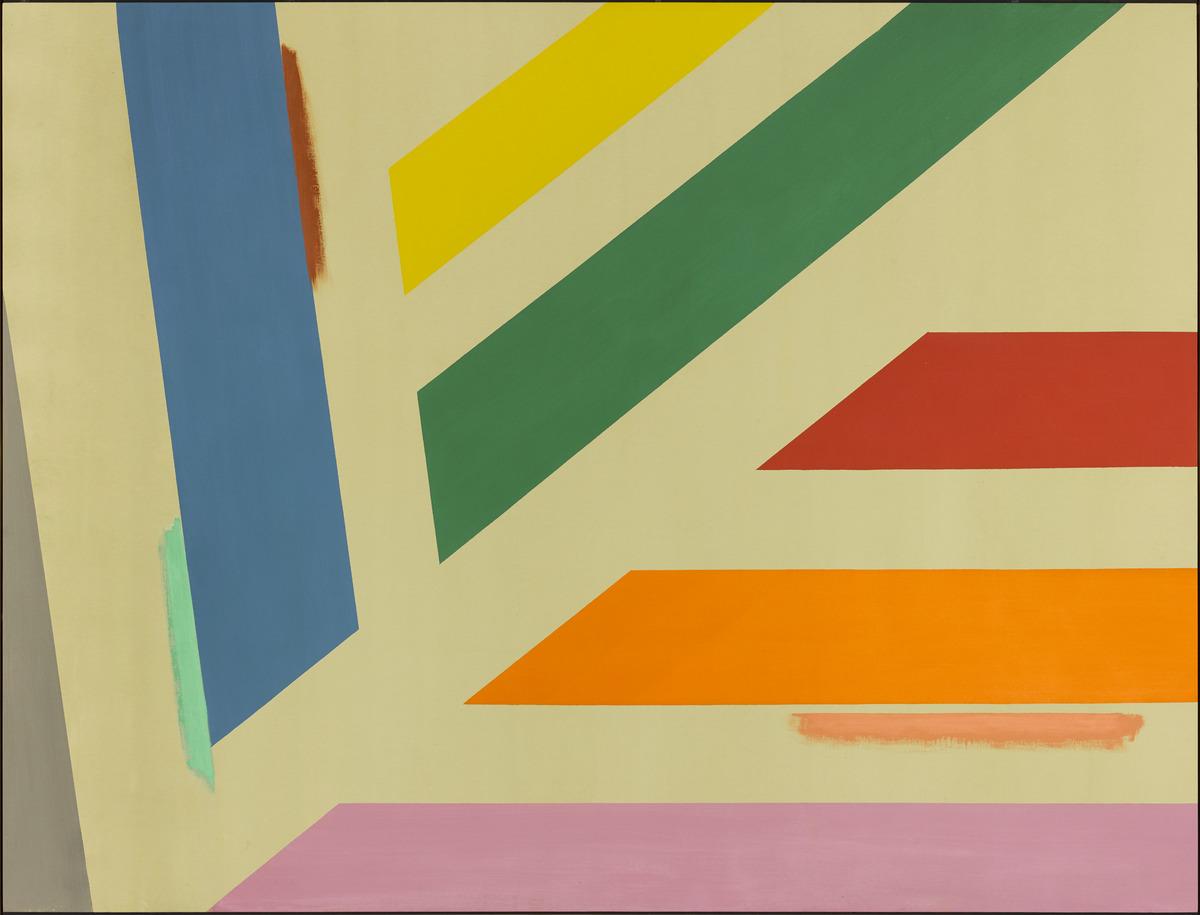
Jack Bush. April Blue, 1970. Acrylic on canvas, 200.7 x 297 cm. Art Gallery of Ontario. Gift of Mr. and Mrs. S. Shenkman, Toronto, 1986. ©Estate of Jack Bush, CARCC, Ottawa (2024). 86/305
Beginning his career as a professional illustrator, Canadian artist Jack Bush didn’t begin abstract painting until later in life. Initially, he spent time painting landscapes and the human form. It wasn’t until he was diagnosed with anxiety in 1947 that he began to experiment more as a means of self-expression by the recommendation of a doctor. Bush began to paint in the abstract style that brought him international acclaim. His vibrantly coloured, large-scale works are often associated with the Color Field movement, and usually featured stripes, shapes and forms of contrasting bright colours.
Four of Bush’s works from the AGO Collection are on view in Moments of Modernism. Dazzle Red (1965), April Blue (1970), This Time Yellow (1968), and Salmon Concerto (1975) immerse visitors in an entire room dedicated to Bush’s colourful expressions. In April Blue, he sets a series of elongated trapezoids of various colours in a beige background, accented by three additional rustic brush strokes.
Tomie Ohtake (1913 – 2015)
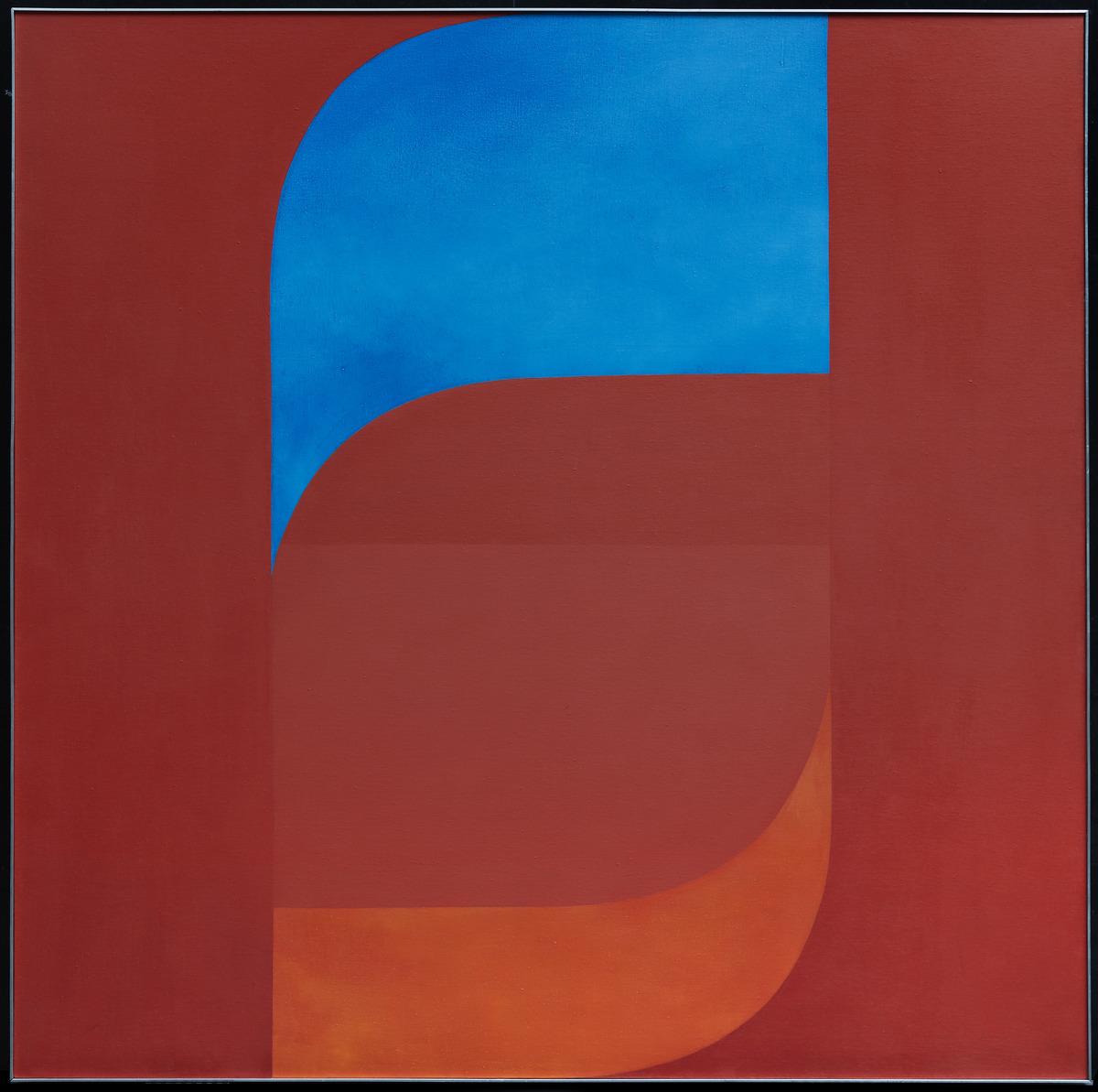
Tomie Ohtake. Opus 3, 1973. Oil on canvas,165.1 x 165.1 cm. Art Gallery of Ontario. Gift of Brascan Limited, 1976. © Instituto Tomie Ohtake. 76/184
Born in Japan in 1913, abstract artist Tomie Ohtake travelled to Brazil to visit family in her early 20s. When World War II broke out, Ohtake was unable to return home and decided to settle in Brazil and went on to become one of the country’s most influential artists. Rejecting Brazil’s prevailing visual art movement of the time which focused on mechanized forms and optical illusion (Neo-concretism), Ohtake developed her unique brand of abstraction, often building multiple layers of luminous texture using a spray gun.
In a room dedicated to the distinct styles of modernism popularized in Brazil during the mid to late 1900s, visitors can experience Ohtake’s stunning, Opus 3 (1973). This large 1.65m x 1.65m work is painted an arresting red with orange undertones. Positioned at the top and the bottom of the canvas are two distorted rectangular shapes, one in a striking sky blue and the other orange. The two shapes are in dialogue with each other, forming what could be potentially perceived as an abstracted “S”.
Robert Rauschenberg (1925 – 2008) (image at top)
Legendary and influential American artist Robert Rauschenberg is known for incorporating everyday objects into his mixed-media works, and boldly blurring the lines between painting and sculpture. Often quoted as saying he wanted to work in the gap between art and life, Rauschenberg referred to his works “combines,” referencing the plethora of art techniques and real-world materials he would utilize while creating.
Meeting visitors directly upon entering Moments of Modernism is the Rauschenberg masterwork, Story (1965). Done in the artist’s classic “combine” style, the massive collage on wood panel features varied imagery including peas and a balled up human hand, alongside gritty and visceral real-world materials like tattered clothing and large pieces of farm tools. Bright flashes of blue, orange and red paint add vibrant accents of colour throughout.
See these works in Moments of Modernism, on view now at the AGO on Level 4. The exhibition is co-curated by Debbie Johnsen, Manager, Modern and Contemporary Collections, and Stephan Jost, Michael and Sonja Koerner Director, and CEO. Moments in Modernism features work that will form the cornerstone for the expansion of the new Dani Reiss Modern and Contemporary Gallery, under construction now. The new building is being designed by architects Diamond Schmitt, Selldorf Architects and Two Row Architect to showcase the AGO's growing collection of modern and contemporary art.
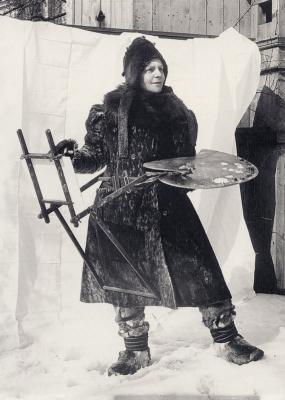
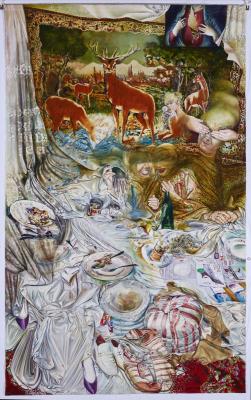
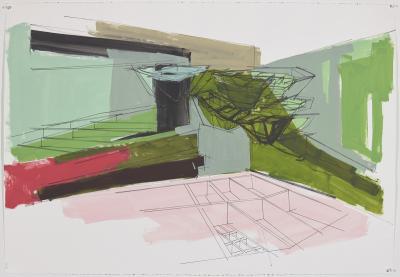

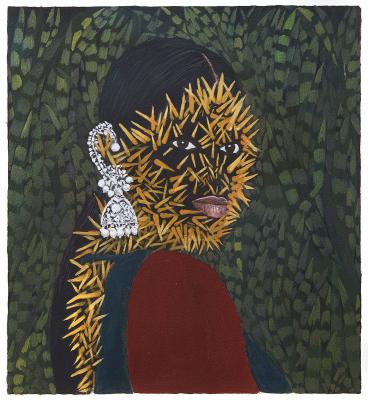

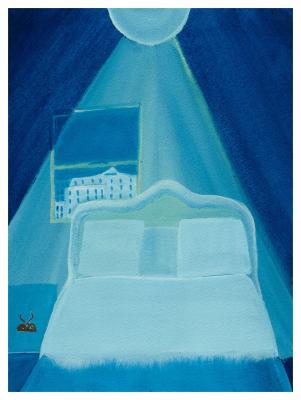
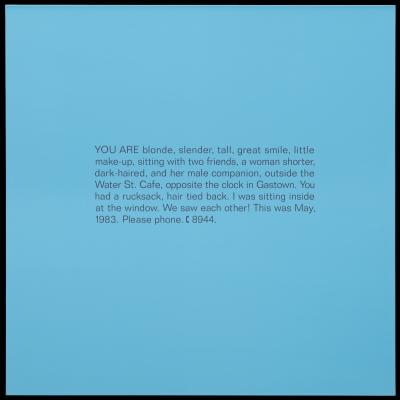
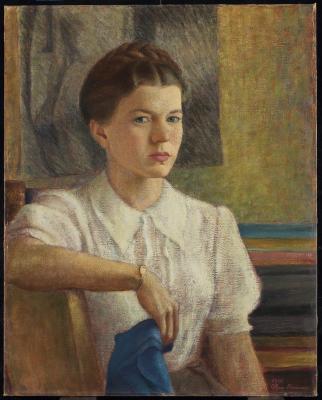
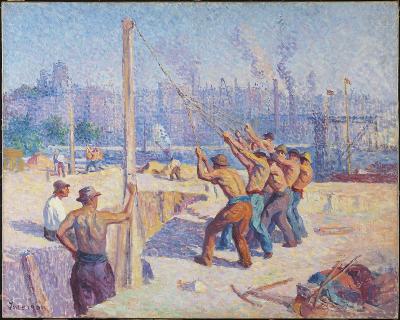
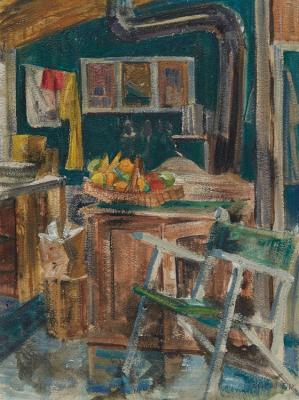
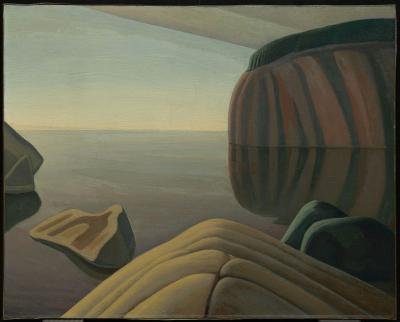
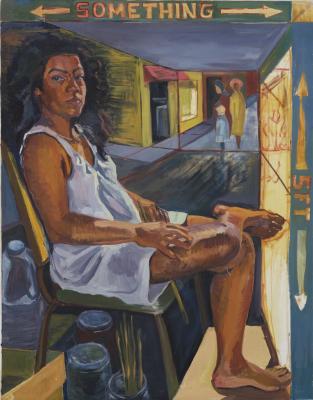
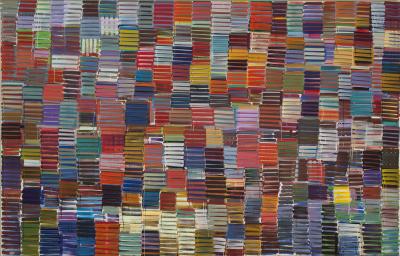

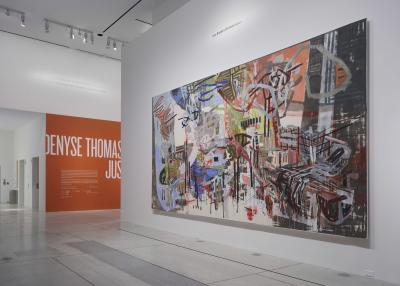
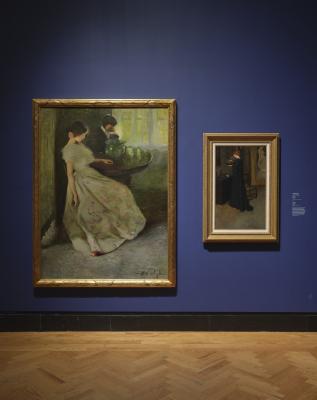
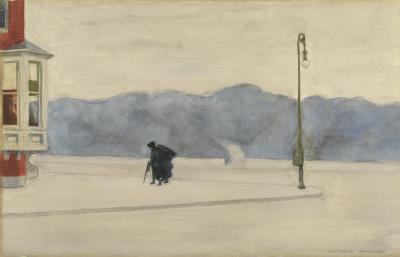
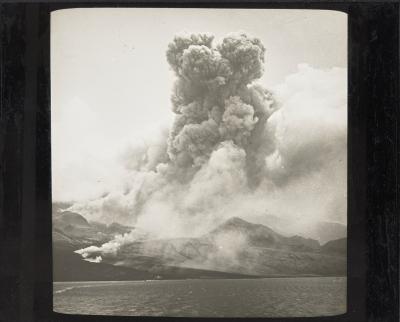
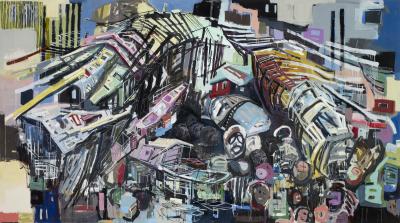
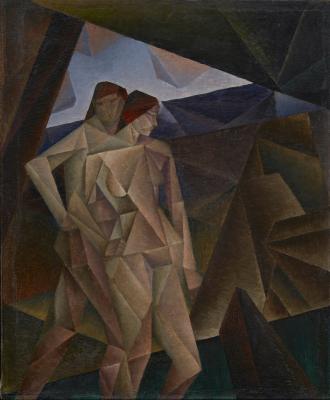
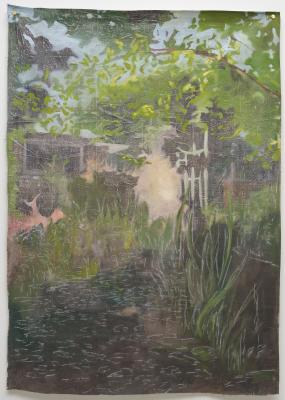
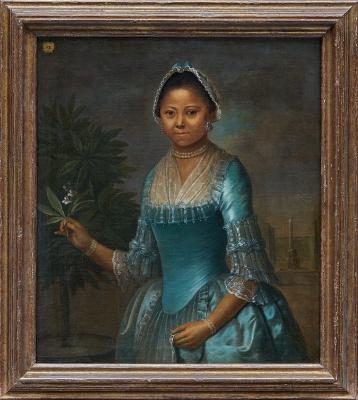

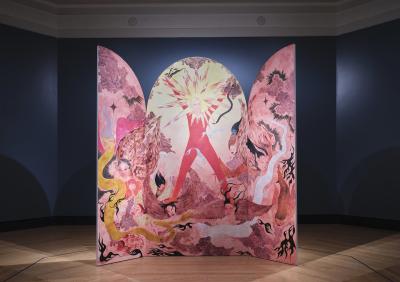
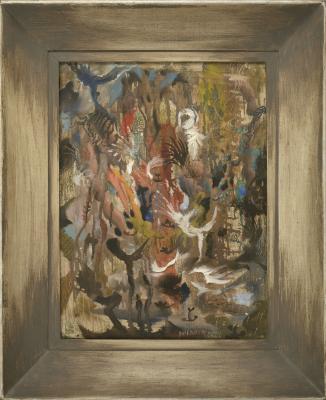
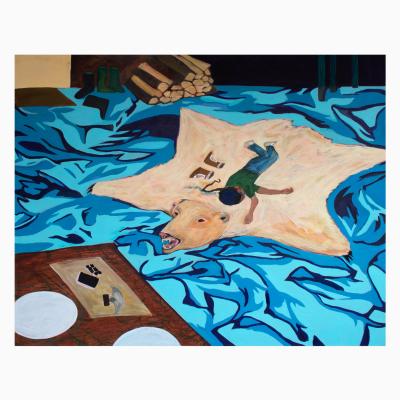
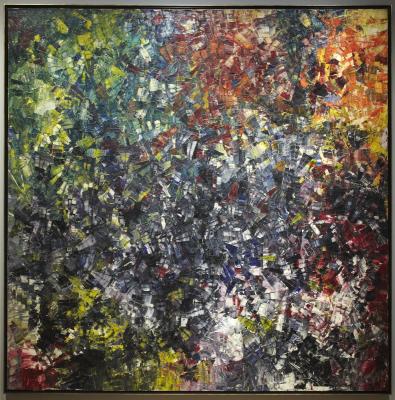
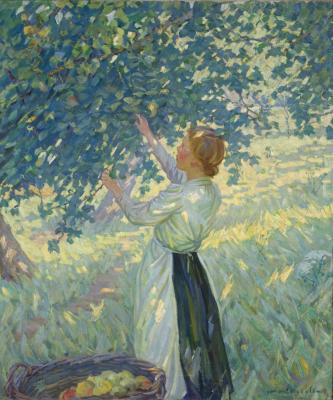
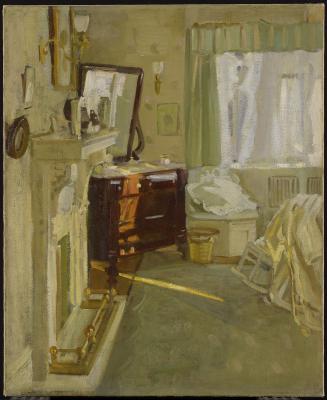
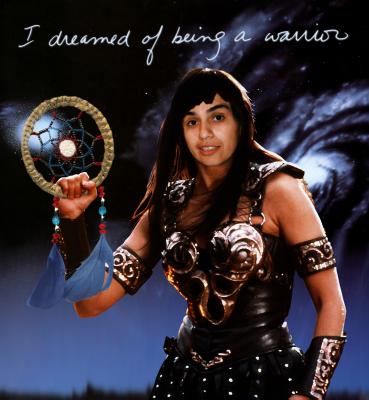
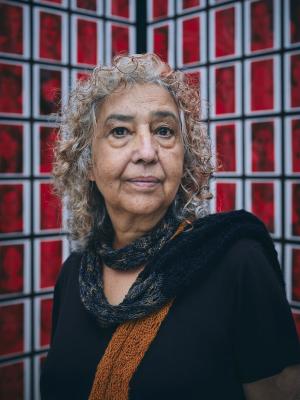
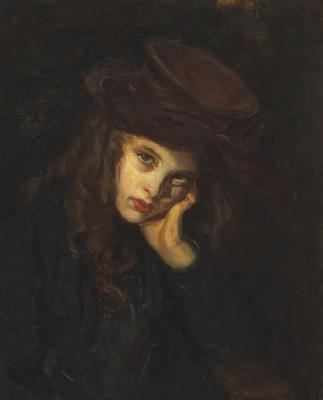
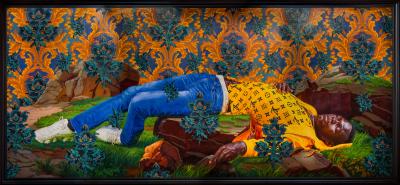

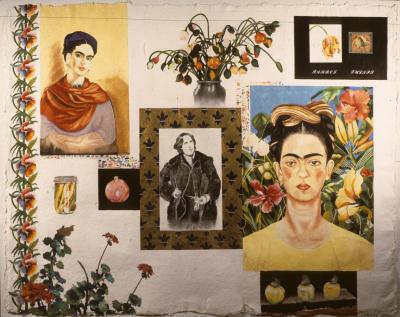
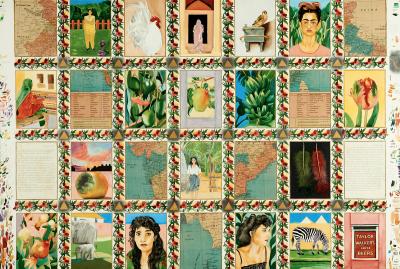
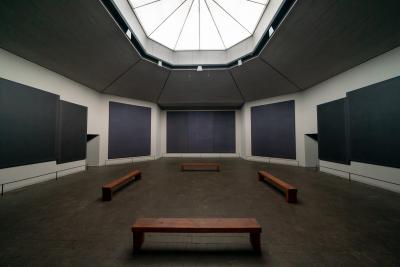
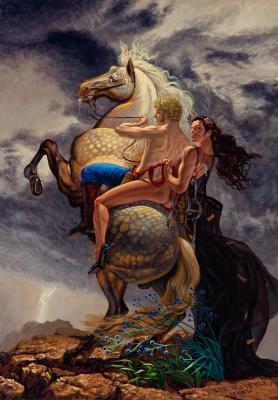
![Keith Haring in a Top Hat [Self-Portrait], (1989)](/sites/default/files/styles/image_small/public/2023-11/KHA-1626_representation_19435_original-Web%20and%20Standard%20PowerPoint.jpg?itok=MJgd2FZP)
